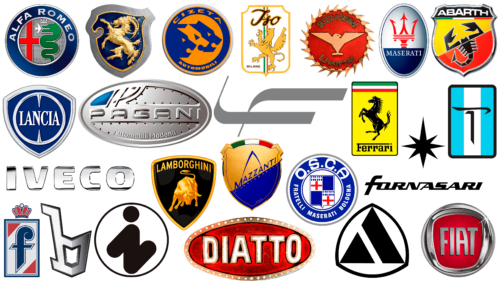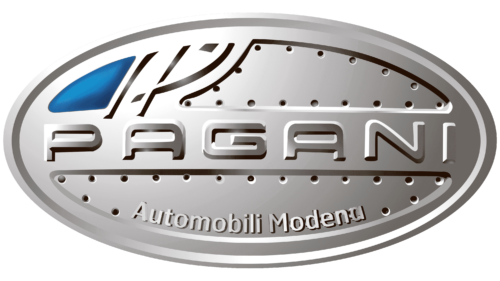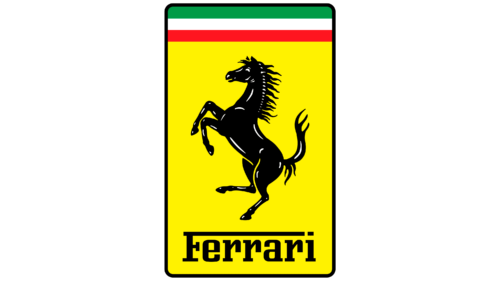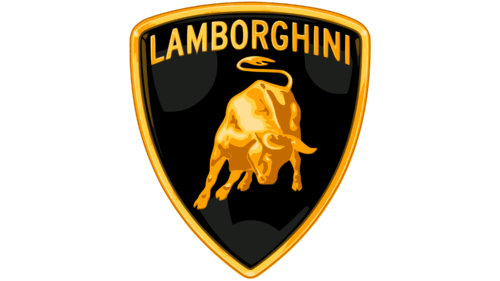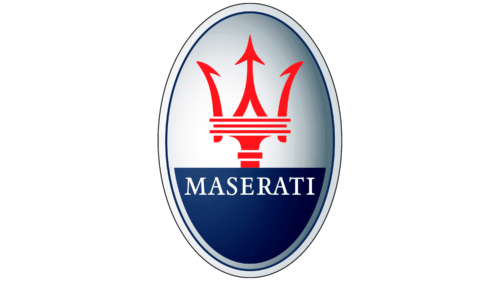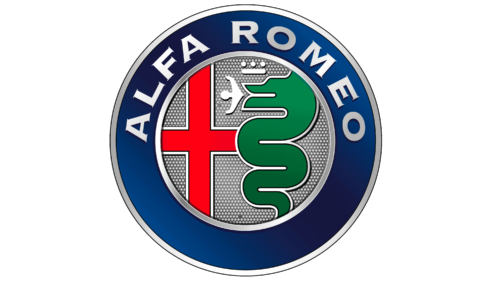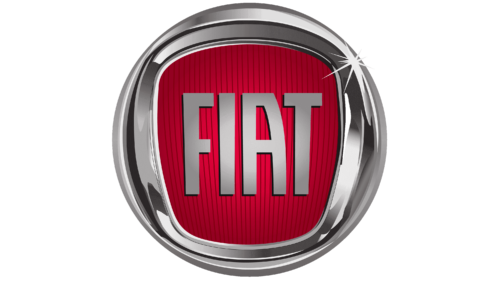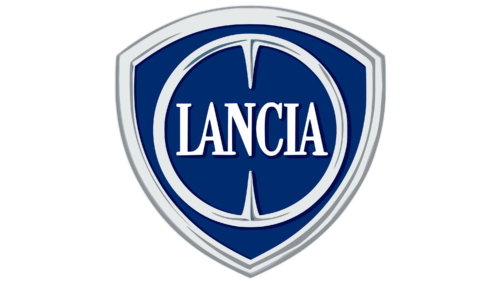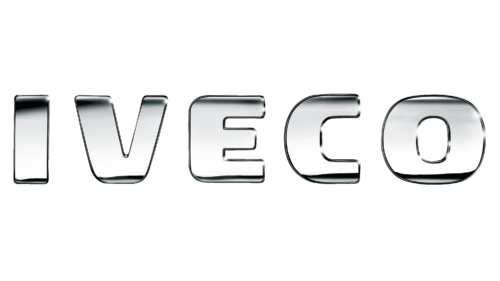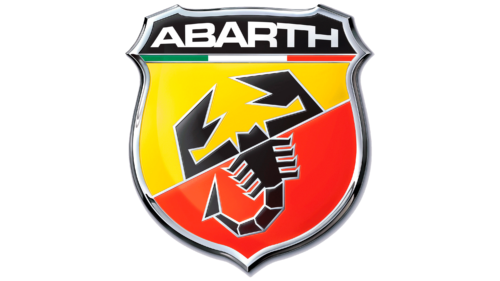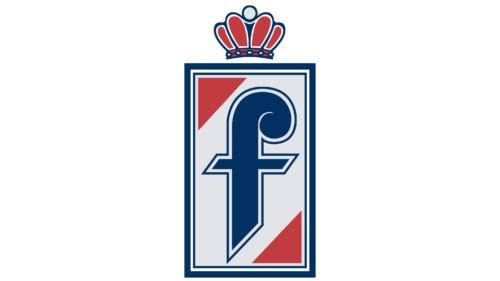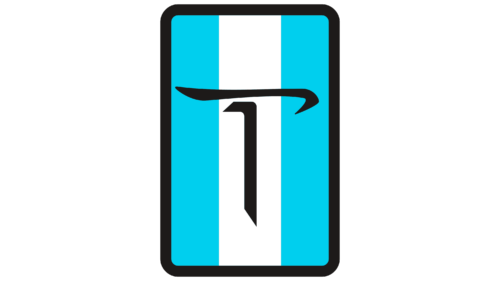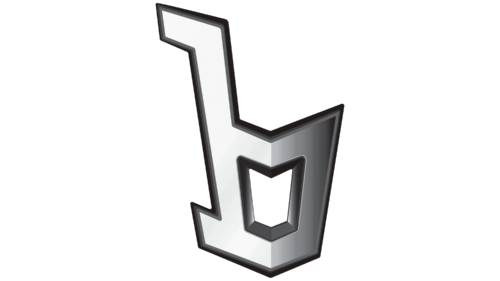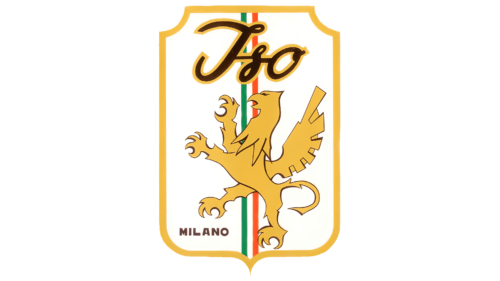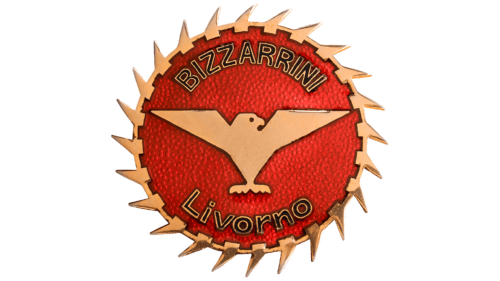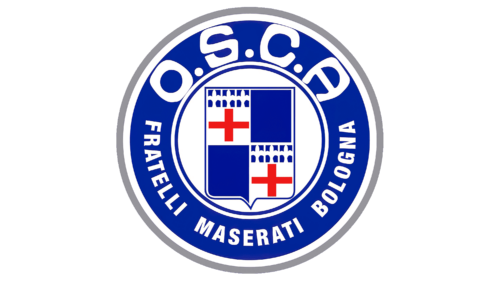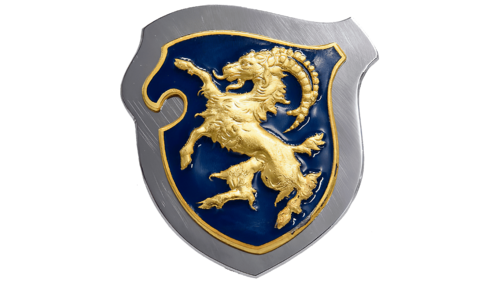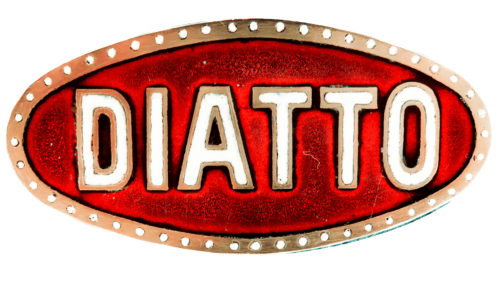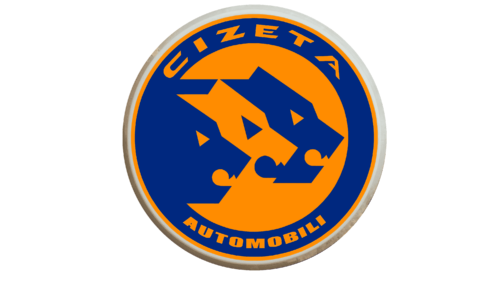The history of the Italian automobile industry began in the 1880s when Enrico Zeno Bernardi invented the internal combustion engine, almost simultaneously with Karl Benz. The engineer fitted an internal combustion engine to his son’s tricycle and his daughter’s sewing machine, and manufacturers could create motorized vehicles. After that, automobile companies began to appear one by one. They produced the first of their kind models, FIAT and Renault, as well as the lesser-known Junior, Itala, and others.
What are Italian car brands?
The main brands of Italian cars are Pagani, Mazzanti, Ferrari, Lamborghini, Maserati, Alfa Romeo, Fiat, Lancia, Iveco, Abarth, Pininfarina, and Fioravanti. Among the defunct brands are De Tomaso, Bertone, Innocenti, Autobianchi, Iso, Bizzarrini, OSCA, Cisitalia, Diatto, Cizeta, and Fornasari.
The automotive industry contributes about 8.5% to the country’s GDP. The market is led by Fiat, which owns popular brands such as Maserati, Lancia, and Alfa Romeo. Italian-made cars have repeatedly won the “World Car of the Year” award and, more often than not, received the prestigious “European Car of the Year.”
Supercar Brands
Exclusive equipment distinguishes Italian supercars. These are sports cars with increased power and record speed. They are created based on professional racing models but belong to the class of road sports cars. In Italy, not only are small firms that have created one or two hand-built supercars but there are also large enterprises specializing in the serial production of such cars. These include Pagani and Mazzanti.
Pagani
Pagani is an independent company founded by Horatio Pagani. Its creator dreamed of supercars from childhood and already, at the age of 21, made a car for Formula 3. Five-time champion Juan Manuel Fangio was so impressed with the work that he gave Horatio three recommendations to prestigious companies. As a result, the engineer got a job at the Automobili Lamborghini factory, where he suggested using carbon instead of lightweight plastic. To realize his projects, he founded Pagani Composite Research, a composite materials company.
In the 1990s, Horatio decided to create his supercar and invested all the funds in constructing the Pagani Automobili factory. He named the first model Zonda and introduced it in 1999. Since 2017, Horacio Pagani’s headquarters, factory, design studio, showroom, museum, and apartments are located in one building in Modena.
Mazzanti
The most powerful Italian supercar title is the Evantra Millecavalli, produced by Mazzanti in 2016. This model surpassed the hybrid hypercar LaFerrari. The automaker is named after Luca Mazzanti, who opened a small workshop with Walter Faralli in 2002. At first, their venture was known as Faralli & Mazzanti, but then the business partners split into two. Luca focused on the Evantra project: the brand’s first full-size car was developed in 2012.
Luxury Sports Car Brands
One of Italy’s most developed automotive industry segments is the production of luxury sports cars. Such models are suitable not only for racing competitions but also for fast traveling on highways. The fashion for luxury appeared thanks to the firms producing world-famous cars: Alfa Romeo, Maserati, Lamborghini, Ferrari. They occupy leading positions in various ratings and at international auto shows.
Ferrari
Ferrari is a manufacturer of ultra-reliable sports cars that develop very high speeds. It got its name from the Italian designer Enzo Anselmo Giuseppe Maria Ferrari, who previously worked as a racer in Alfa Romeo. The first cars of the brand were exclusively racing cars. They became famous because they took prizes in competitions in the 1950s and 1960s. Currently, the lineup includes luxury sports cars for fast city driving. Currently, the parent company of Ferrari is Exor NV, a holding company from the Netherlands.
Lamborghini
The ultra-expensive fast cars Lamborghini brand belongs to the Italian company Automobili Lamborghini S.p.A., part of the Volkswagen Group through Audi AG. The founder of this brand is Ferruccio Lamborghini, the owner of a factory that produces tractors based on military equipment. It is rumored that he quarreled with Enzo Ferrari when the latter noticed the shortcomings of his Ferrari and suggested improving it. Enzo did not accept the criticism and advised Ferruccio to continue with tractors or make something better. So Lamborghini began to produce luxury sports cars that surpassed Ferrari in all parameters.
Maserati
Maserati was founded by brothers who were passionate about cars. They started their business in 1914, but the first sports car, the Gran Prix 1500, was produced only 12 years later. After that, racing cars were produced under the Maserati brand for competition. Everything changed in the 1960s when the company’s management shifted the emphasis to luxury cars. Thus, Mexico and Quattroporte models appeared. Then, the no less successful Spyder GT and 3200 GT were added to them.
Alfa Romeo
Alfa Romeo is a luxurious and roomy sports car with a rich history. The company that owns this brand was established in 1910 based on the French automobile factory Darracq. At the same time, the company moved from a settlement near Naples to the suburbs of Milan. The first part of the name Alfa Romeo comes from the abbreviation A.L.F.A. and stands for Anonima Lombarda Fabbrica Automobili. One of the best sports cars of this brand is the GTV model, which appeared in the 1990s. Currently, the brand belongs to the Italian-American company Fiat Chrysler Automobiles N.V.
Other Brands
The Italian automobile industry is at a high level of development. These are both expensive luxury brands on the market and manufacturers of cars of other price categories. One of these companies accounts for 90% of annual production. We are talking about the Fiat concern. Also popular are many companies that do not belong to Fiat, such as Iveco, which produces buses and trucks.
Fiat
The Fiat Group has two major divisions. One (Fiat Industrial) produces industrial machinery, and the other (Fiat SpA) produces passenger cars. This ancient enterprise was founded in 1899 and produced various machinery, from tractors and railroad cars to military aviation. The company specializes in commercial vehicles, and its industrial sites are in many countries worldwide.
Lancia
The Lancia plant is located in the suburbs of Turin. It produces comfortable business-class city cars. Since 2017, the Lancia brand has been represented by only one model, Ypsilon, sold exclusively in the Italian car market. In addition to passenger cars, the company previously produced special vehicles, military equipment, buses, trolleybuses, and commercial trucks. Currently, the owner of the company is Fiat S.p.A.
Iveco
Iveco was formed in 1975 by a group of companies that included Magirus-Deutz and various divisions of Fiat. In subsequent years, it was joined by automobile plants ITAL (Australia), Pegaso and ENASA (Spain), Astra (Italy), and Ford (British division). The first transport of the automobile concern appeared in 1978. Since then, the era of trucks produced under the Iveco brand began. Now, the company belongs to CNH Industrial, and until 2013, it was owned by Fiat.
Abarth
Abarth is refining various Fiat mechanisms and creating modernized cars based on them. At first, it was a small factory that produced mufflers and exhaust systems. It was founded in 1949 by a passionate motorsport enthusiast, Carlo Abarth. In the 1950s, the company began producing small sports cars.
Pininfarina
Pininfarina is an Italian company named after its creator, Giovanni Battista Farina, nicknamed Pinin (“younger brother”). Since 1930, the company has been designing and producing bodies for passenger cars. Many automakers, including Ferrari, cooperate with it. In 2009, Pininfarina entered the electric car market with the concept of an electric sports car.
Fioravanti
Fioravanti was formerly an architectural firm that designed city building projects in Japan. In 1991, the company abruptly changed its priorities to designing automobiles. This is because the founder of Fioravanti was once an employee of Pininfarina and, for 24 years, created concept cars for various manufacturers.
Defunct Car Brands
Many Italian automakers have gone under. These include Iso, Bertone, Innocenti, and the famous De Tomaso automobile company, which once owned the Maserati and Moto Guzzi brands. In 1995, the small car brand Autobianchi, founded by automobile industry giants Fiat, Pirelli, and Bianchi, entered the market. The company Bizzarrini, which existed for five years (until 1969) and produced sports cars, has been long forgotten. Little longer, it produced racing and sports cars, but it was liquidated at about the same time (1967).
De Tomaso
De Tomaso Automobili SpA was founded in 1959 and named after the entrepreneur who created it. The first models were racing cars designed specifically for participation in championships. The serial production of sports cars began in 1963. By this time, the company’s owner gathered a strong team around him, including the chief designer of Ghia and former employees of Ferrari. In addition, De Tomaso Automobili SpA owned the popular Maserati brand (until 1992).
The company began to lose ground at the end of the XX century. It fell into decline, after which Gian Mario Rossignol bought it out. The new owner wanted to revive the company, for which he received 7.5 million euros. He was detained on suspicion of misuse of budgetary funds. The court again recognized De Tomaso as bankrupt. The brand is remembered for its badge, which consists of two symmetrical figures similar to the letters “G.”
Bertone
When creating cars, the Italian company Bertone paid special attention to their appearance since its second specialty is body design. It was styling some models of Volvo, Opel, Mercedes Benz, Lamborghini, Fiat, and other famous brands. In 2014, Stile Bertone’s design division went bankrupt. Now, the rights to the brand and the logo with the stylized letter “b” belong to several entrepreneurs. The company Bertone still exists but has significantly expanded the scope of its activities. It produces railway transport, works in the fashion industry, and is engaged in industrial and architectural design.
Innocenti
Innocenti was founded by a blacksmith and named in his honor. It produced cars, motorcycles, machine tools, and presses. Success in the automobile industry was variable: Fiat, Alfa Romeo, and Lancia led the Italian automobile market. The first car under Innocenti’s brand was produced in 1960. It was a sports convertible. In the 1990s, the company became part of the Fiat concern. The new owner liquidated the brand in 1997, stopping production of all Innocenti models. The defunct company used a bold “i” logo inside a black ring.
Autobianchi
Autobianchi was a joint project between Fiat, Pirelli, and Bianchi. The three Italian companies co-produced small cars, testing innovative concepts. The brand used an emblem, such as a large black triangle divided in half and outlined with a dark line. Autobianchi cars were sold in Italy until 1996, after which the brand was discontinued in 1995. It became part of the Lancia company.
Iso
The car manufacturing company Iso had different names at different times, but shortly before its closure in 1974, it was known as Iso Motors. It began by selling heaters, then moved into two-wheeled vehicles. In 1962, the manufacturer limited its product range to passenger cars. At the same time, it produced its very first automobile much earlier – in 1953. It was something between a motorcycle and a microlight car. For several socio-economic reasons, the company stopped production in 1974. However, in 2017, the Zagato design center revived the Iso brand, giving a second life to its logo with a golden griffin inside a shaped shield on a background of two vertical lines of red and green colors.
Bizzarrini
Bizzarrini, a racing and sports car company, was founded by Giotto Bizzarrini. The Italian engineer, a former Alfa Romeo, Ferrari, and Automobili Turismo e Sport employee, created his own company in 1964. He ended his collaboration with Iso because he wanted to produce sports cars. The success was short-lived: the Bizzarrini company closed in 1969. Later, developers tried to bring back the brand and produced single models with its logo: a spiky red circle depicting a bird in a ring of the words “BIZZARRINI LIVORNO.” Pegasus Brands eventually acquired the rights to the brand and its legacy.
OSCA
OSCA’s debut project was the development of a competitive racing car. All subsequent models were the same, with the manufacturer increasing the power and speed of its sports cars, which gave it an edge when competing in championships. In 1963, the company was sold to Domenico Agusta and went into decline four years later. Its intricate multi-part logo contained a coat of arms in a silver circle, surrounded by a blue ring with the inscription “O.S.C.A. FRATELLI MASERATI BOLOGNA. ”
Cisitalia
The first Cisitalia car was created from Fiat parts in 1946. The company moved away from the original concept and started producing models with original designs and technical know-how. Throughout its existence, it produced several thousand sports cars that participated in races. However, its successful promotion was hindered by financial insolvency: Cisitalia went bankrupt in 1963. The emblem easily recognized the company’s cars, which featured a golden mountain goat inside a blue heraldic shield.
Diatto
Diatto began manufacturing automobiles under license from Clément-Bayard in 1905. However, its history dates back to 1835. At first, carriages were produced under the Diatto brand, but railroad cars replaced them. At the end of its existence, the manufacturer focused on cars of its design. The last models came off the assembly line in 1929. They were decorated with an oval emblem of red color with the white inscription DIATTO and a rim of gold color consisting of many circles.
Cizeta
The history of Cizeta began in 1988 when Claudio Zampolli teamed up with Giorgio Moroder to create a new supercar. At first, their venture was successful, but serial production was not established, and the project investment far exceeded the sales proceeds. Later, it turned out that Cizeta cars did not meet safety requirements, so they could not be operated in the United States. Production was stopped, and the stylish blue-yellow logo with three jaguar heads in a circle and the inscription “CIZETA AUTOMOBILI” never became public.
Fornasari
The Italian automaker was founded in 1999 and ceased operations in 2015. It was headquartered in Montebello Vicentino, Vicenza province, where Giuseppe Fornasari founded it. He gave the brand his family name and emphasized sports cars and SUVs. However, the manufacturer could not withstand the competition and went bankrupt: in the fall of 2015, the Tribunal of Vicenza declared the company insolvent.
FAQ
Which is an Italian luxury vehicle manufacturer?
Maserati S.p.A. is an Italian luxury car manufacturer. The brand’s emblem is a trident, symbolizing power and prestige. Maserati produces high-performance cars that combine elegance and speed. The company gained fame by collaborating with Ferrari, an iconic name in the automotive world. This collaboration has helped Maserati build a reputation for producing cars that deliver exceptional driving experiences. Since 2021, the brand has been owned by Stellantis, a multinational automobile manufacturing corporation.
Which Italian car is best?
The best Italian cars of 2024, each with its strengths, include:
- Maserati GranTurismo stands out for its elegant design and high performance.
- The Maserati MC20 is a supercar with advanced technology and incredible performance.
- Ferrari 296 features hybrid technology that combines a V6 engine with electric power to deliver impressive performance.
- Ferrari Roma combines classic Ferrari design with modern features.
- The Ferrari Portofino M is a convertible that combines sporty performance with luxurious comfort.
- Ferrari SF90 is Ferrari’s flagship model, which has advanced hybrid technology and exceptional performance.
- Ferrari 812 is known for its V12 engine, providing unrivaled power and performance.
- Alfa Romeo Giulia is a luxury sedan that combines performance and comfort.
What cars are from Italy?
Italy has a rich automotive history with many car brands. Here are some of the most famous Italian car brands:
- Ferrari is famous for its high-performance sports cars and supercars. Models such as the Ferrari 488, Ferrari 812 Superfast, and Ferrari SF90 Stradale are renowned worldwide.
- Maserati produces luxury sports cars and sedans. Popular models include the Maserati GranTurismo, Maserati Quattroporte, and Maserati Levante. This brand combines performance and luxury.
- Lamborghini is known for its high-performance supercars. Models such as the Lamborghini Huracán, Aventador, and Lamborghini Urus showcase speed and innovative design.
- Alfa Romeo offers sporty and stylish cars. The Alfa Romeo Giulia and Alfa Romeo Stelvio are popular for their performance and luxury, attracting enthusiasts and casual drivers.
- Fiat produces a range of passenger cars. The Fiat 500, Fiat Panda, and Fiat Tipo are known for their compact size, affordability, and practicality.
- Pagani is a manufacturer of high-performance supercars. The Pagani Huayra and Pagani Zonda are examples of meticulous craftsmanship and engineering excellence.
- Lancia has a rich automotive history. The company currently focuses on models such as the Lancia Ypsilon, but its heritage includes classic cars such as the Lancia Delta and Lancia Stratos.
- Iveco specializes in commercial and heavy vehicles, including trucks, buses, and military vehicles. These vehicles are known for their durability and reliability.
- Piaggio, known for its scooters, makes small commercial vehicles. The Piaggio Ape is a famous three-wheeled light commercial vehicle used in various industries.
- FCA produces various cars, including luxury and executive cars, under brands such as Maserati and Alfa Romeo. Fiat offers practical passenger cars.
What is the most popular Italian car?
The most popular Italian car is the Fiat Panda. It is in high demand in Italy, especially among city dwellers who need small and medium cars for city driving. It was the best-selling city car in Italy in 2020 and 2021.
The Panda’s popularity extends beyond Italy. 2004, it was named the best European car, demonstrating its efficiency, functionality, and design. Fiat has created a car that meets the needs of urban drivers, offering a reliable, economical, and stylish vehicle.
What is an Italian luxury car?
Italy is known for producing some of the world’s most iconic luxury cars. The luxury segment is dominated by Ferrari, Lamborghini, Maserati, and Alfa Romeo.
Ferrari is known for its high-performance sports cars. The Ferrari 488 GTB has a powerful V8 engine and a luxurious interior. The V12-powered Ferrari 812 Superfast offers incredible speed and an unforgettable driving experience.
Lamborghini is famous for its aggressive styling and powerful engines. The V12-powered Lamborghini Aventador epitomizes luxury and performance, while the V10-powered Lamborghini Huracán delivers an exhilarating driving experience.
Maserati offers a wide range of luxury sports cars and sedans. The Maserati Quattroporte is a luxury sedan with elegant design and high performance. The Maserati GranTurismo is a luxury touring car that combines speed, comfort, and style. The Maserati Levante, a luxury SUV, exudes versatility and luxury.
Alfa Romeo is known for its sporty and stylish cars. The Alfa Romeo Giulia Quadrifoglio is a high-performance sedan with a powerful engine and luxury features. The Alfa Romeo Stelvio Quadrifoglio luxury SUV combines performance and comfort.
